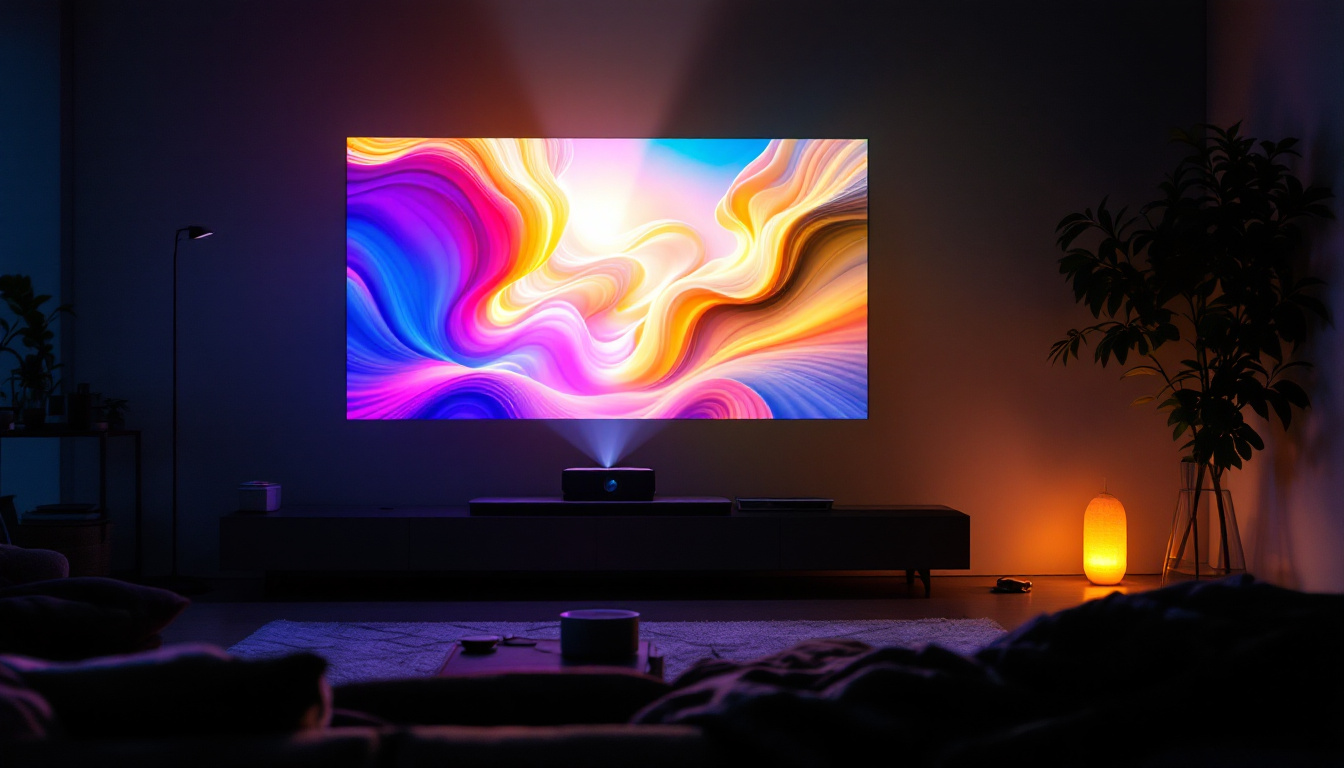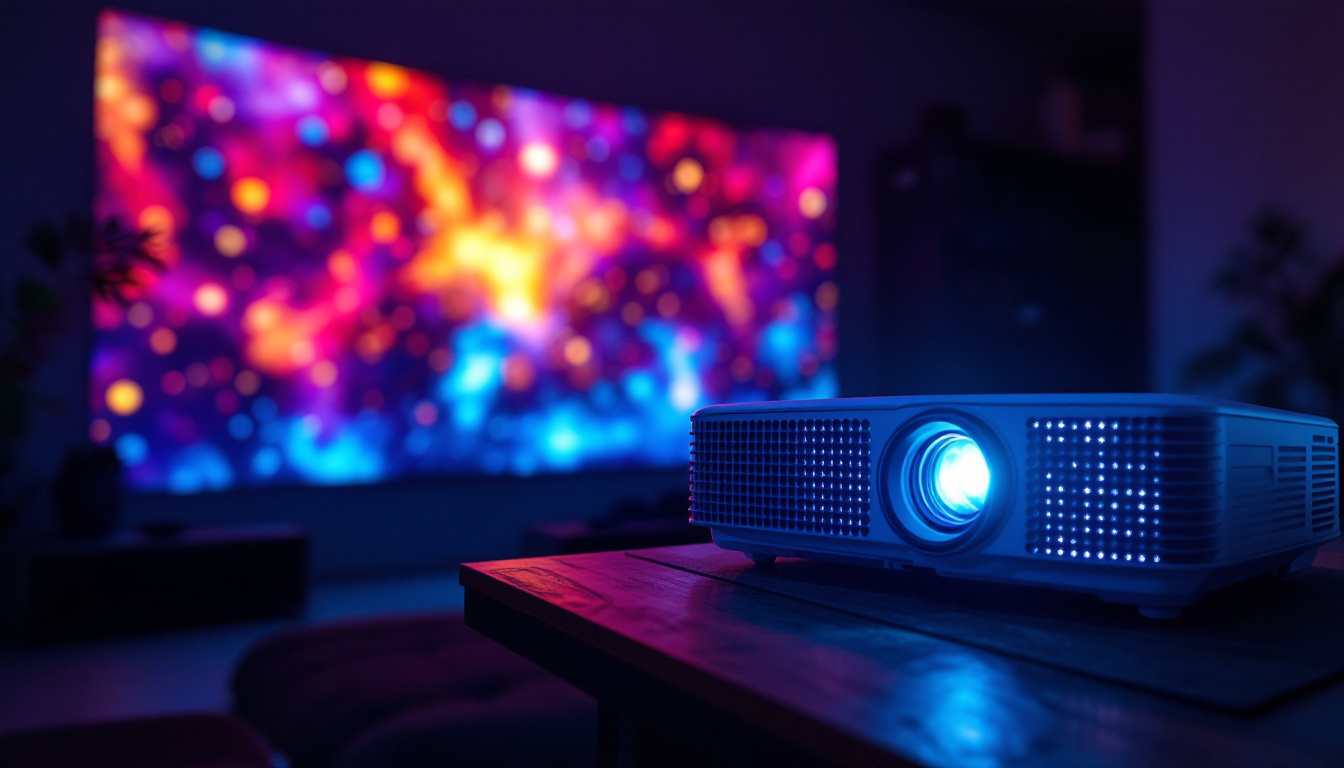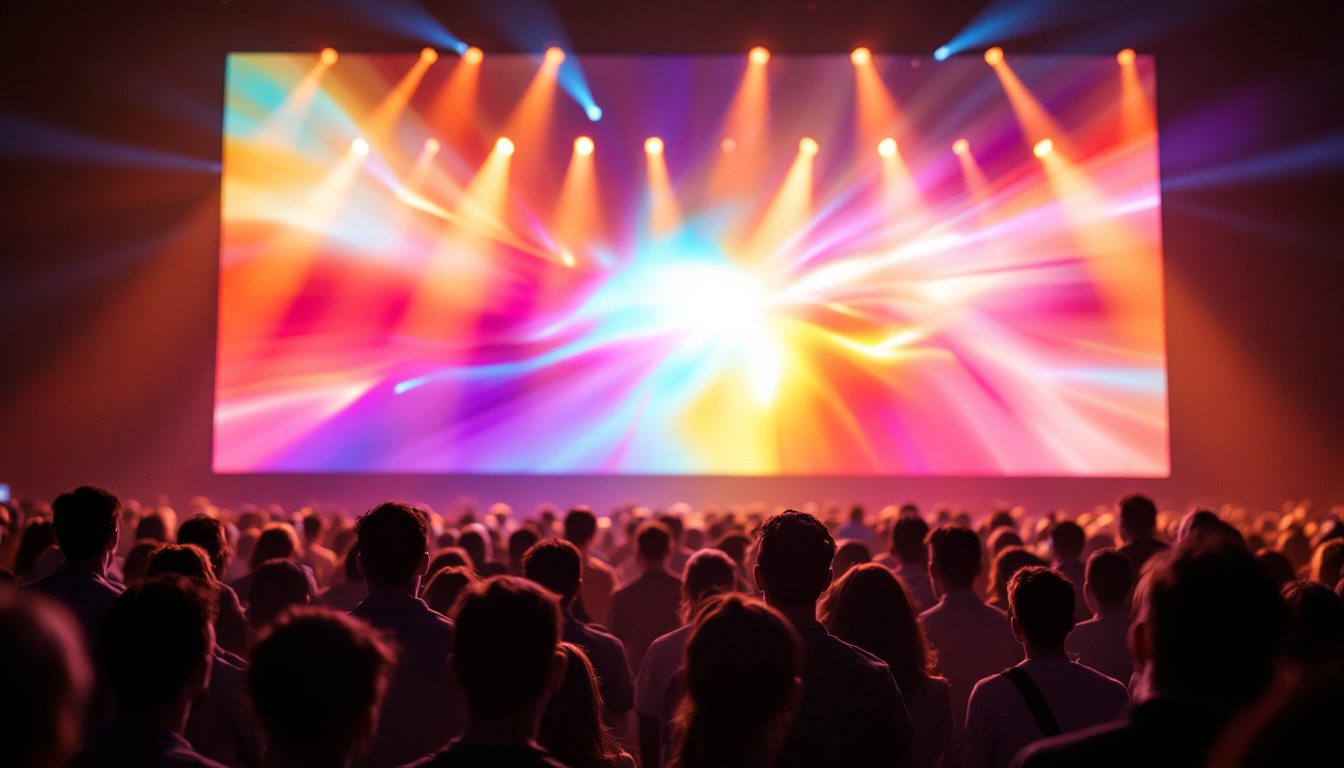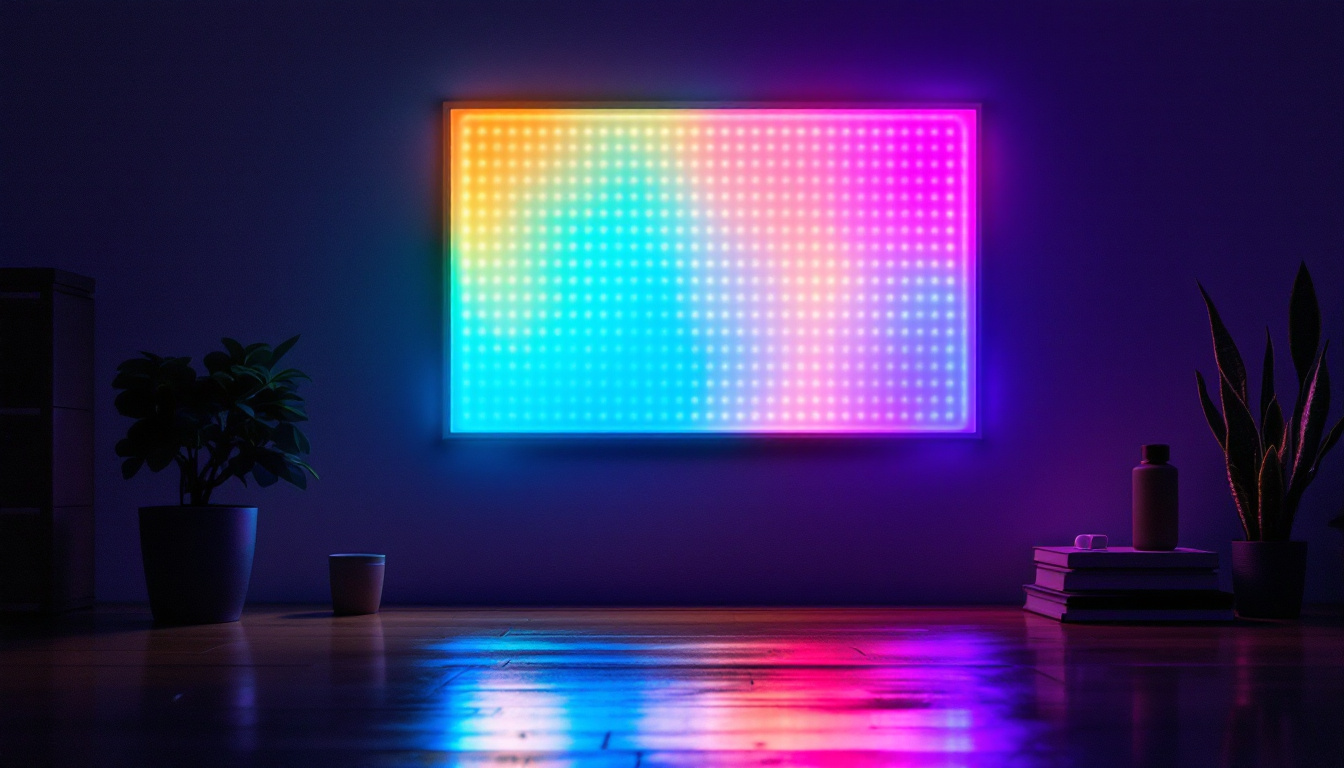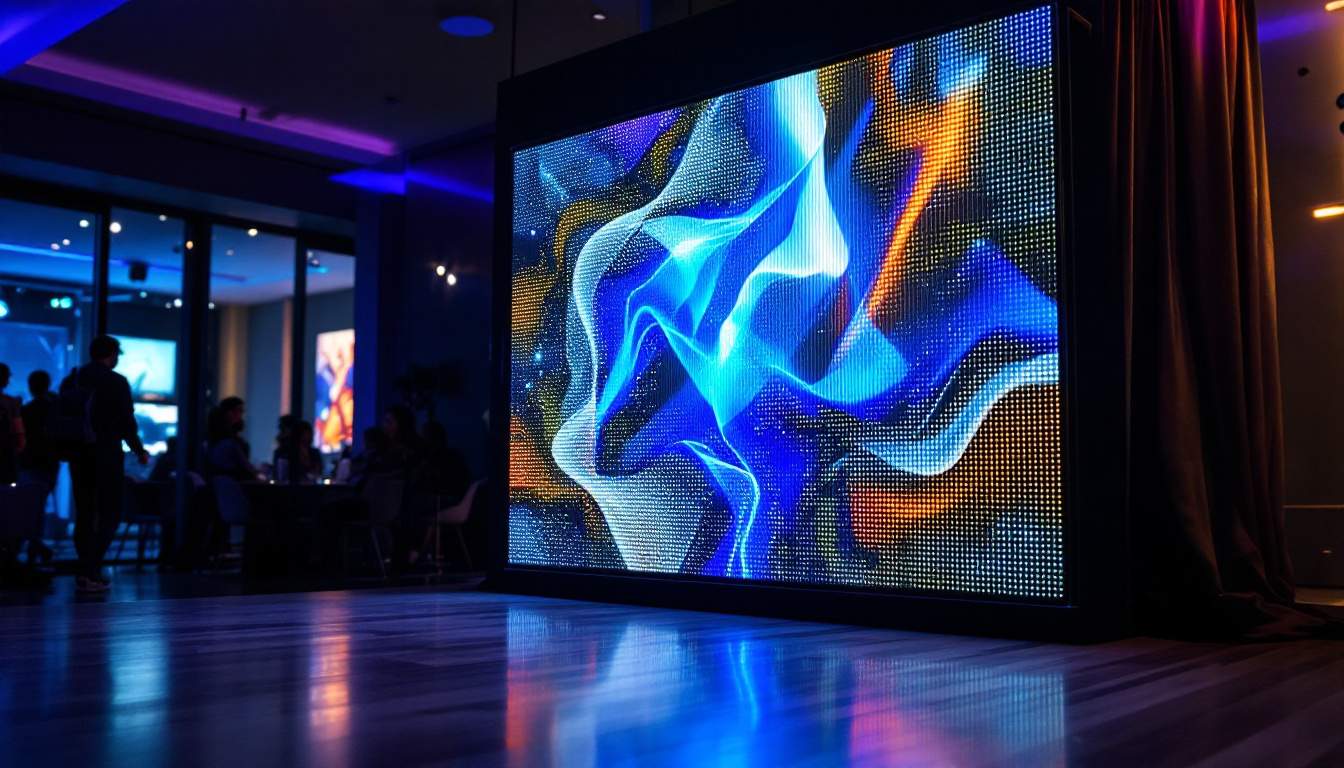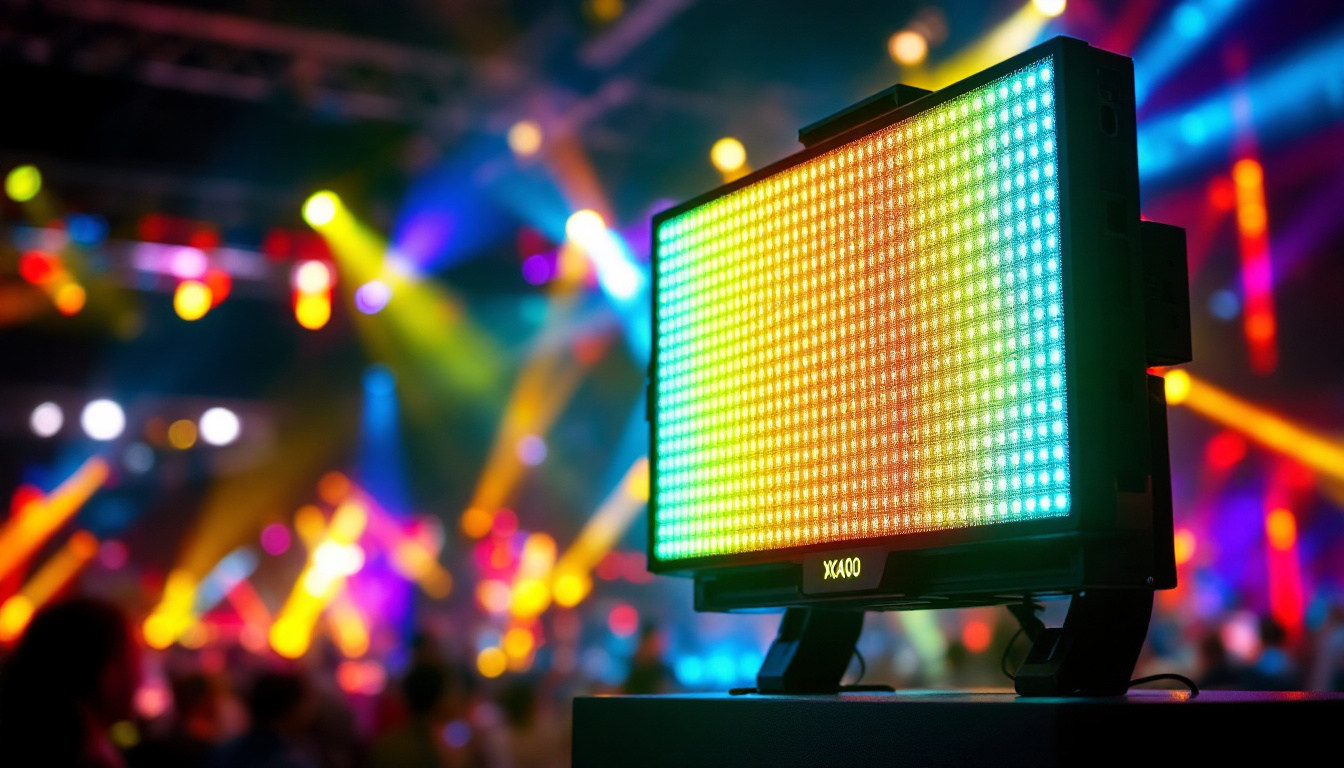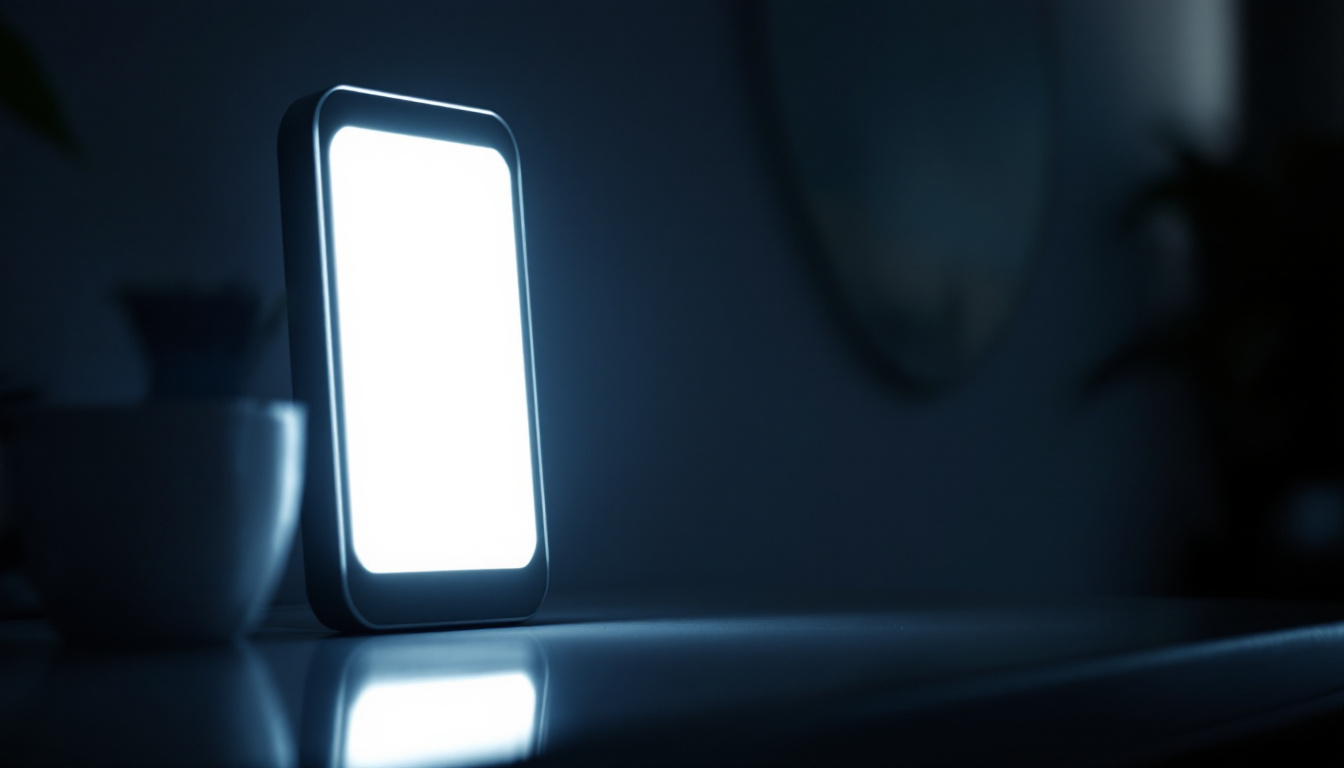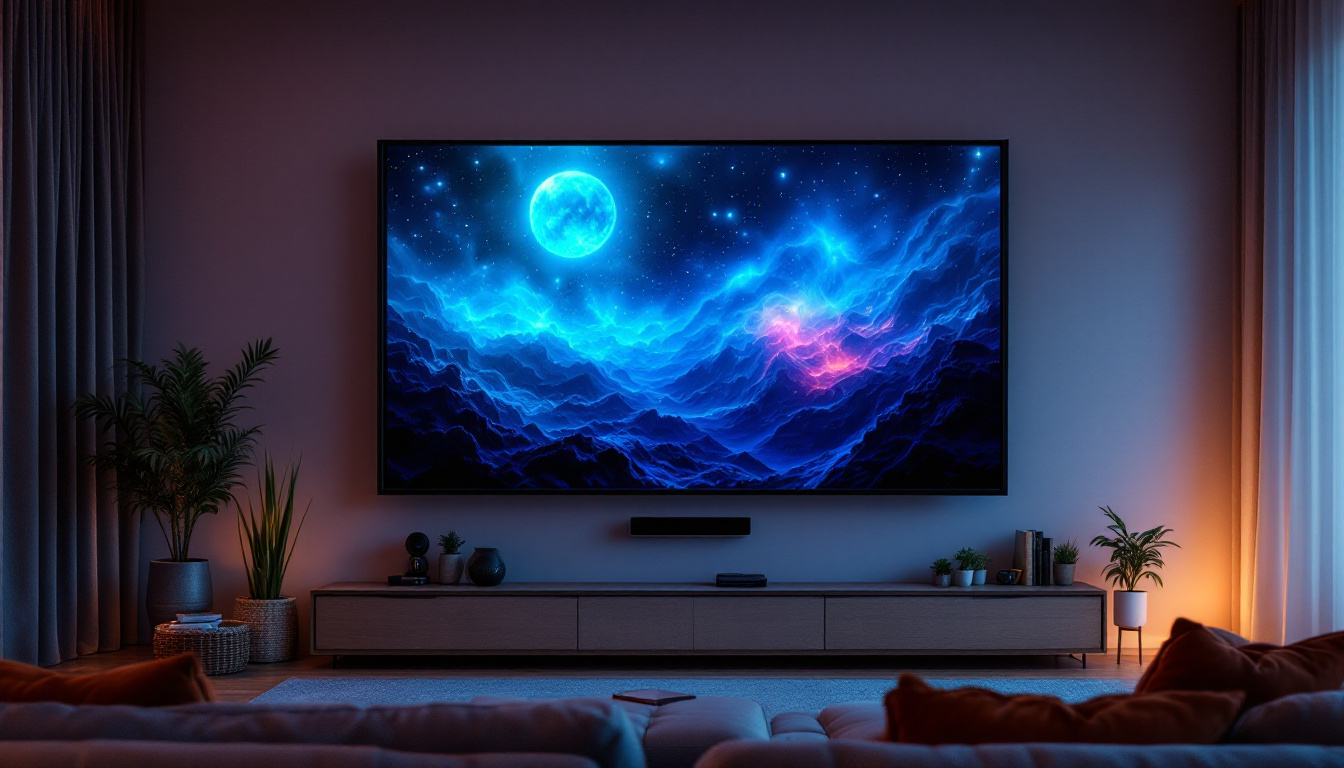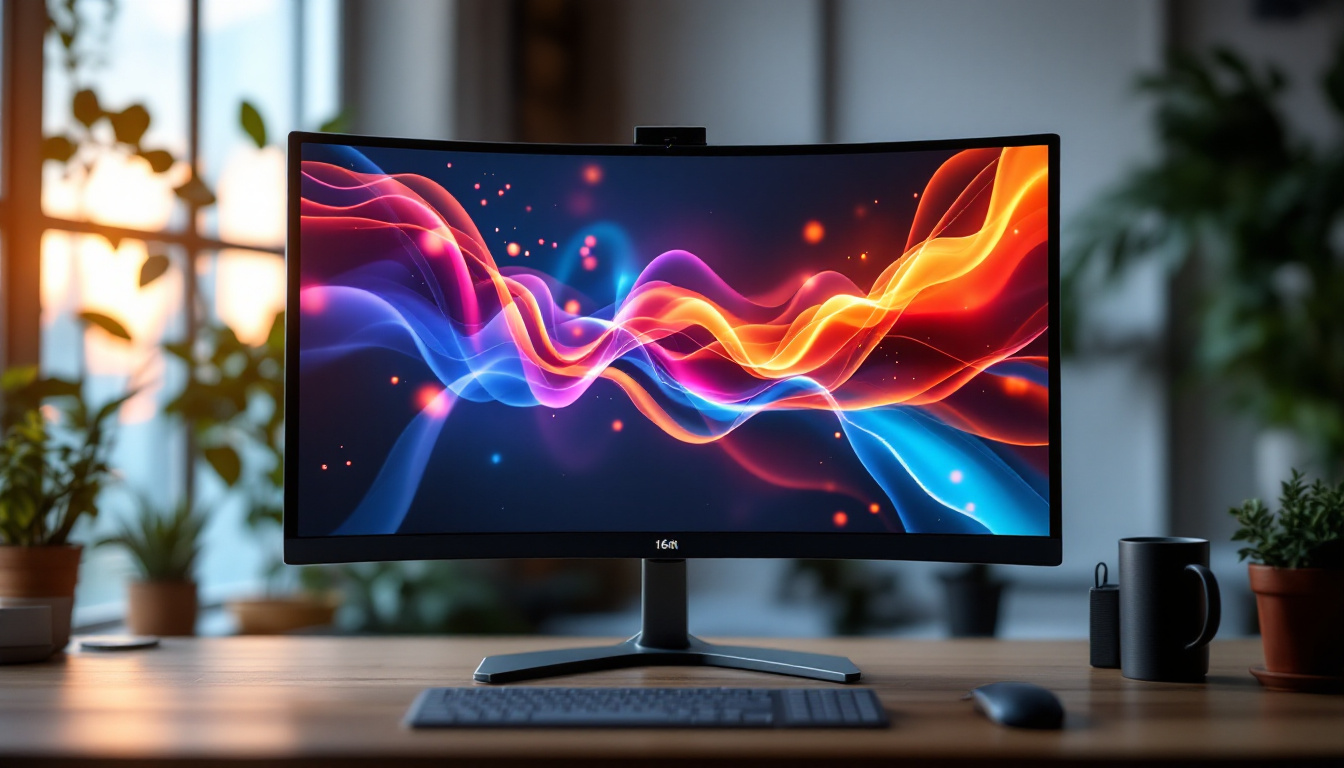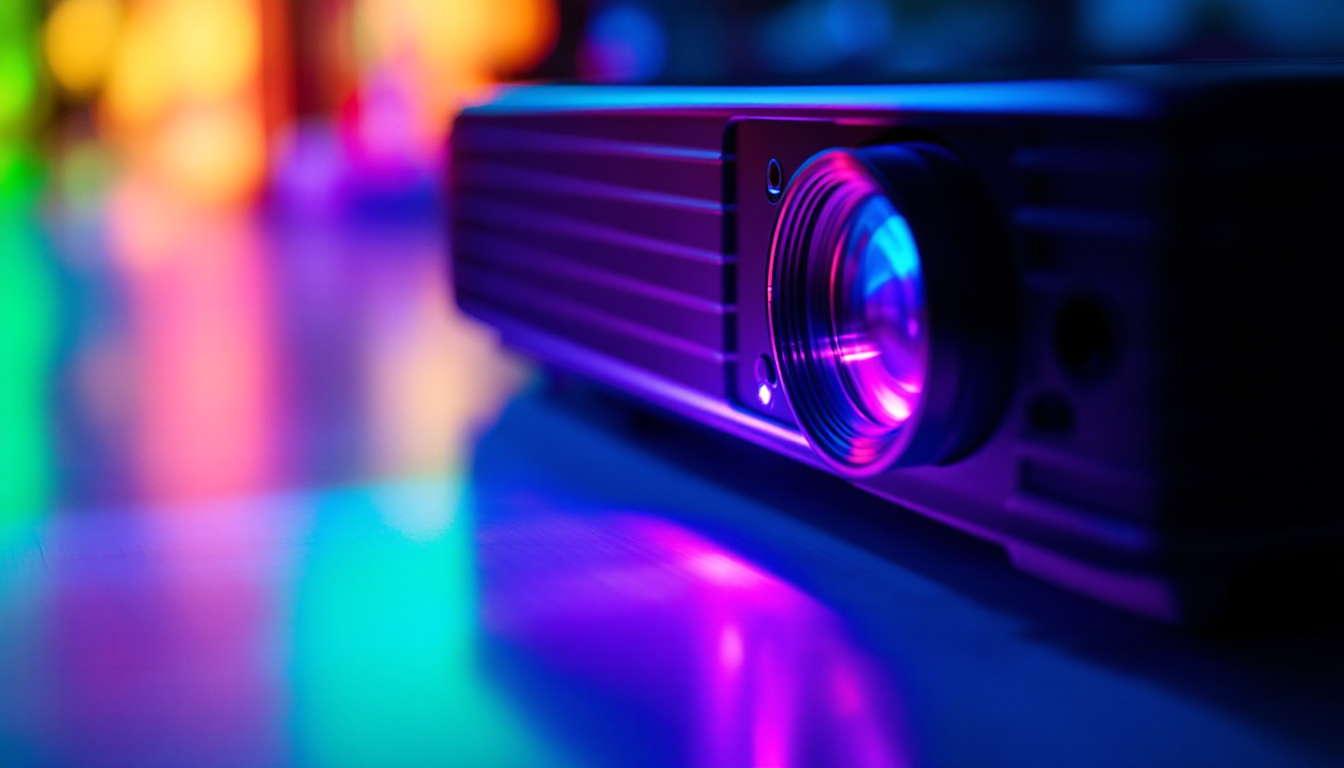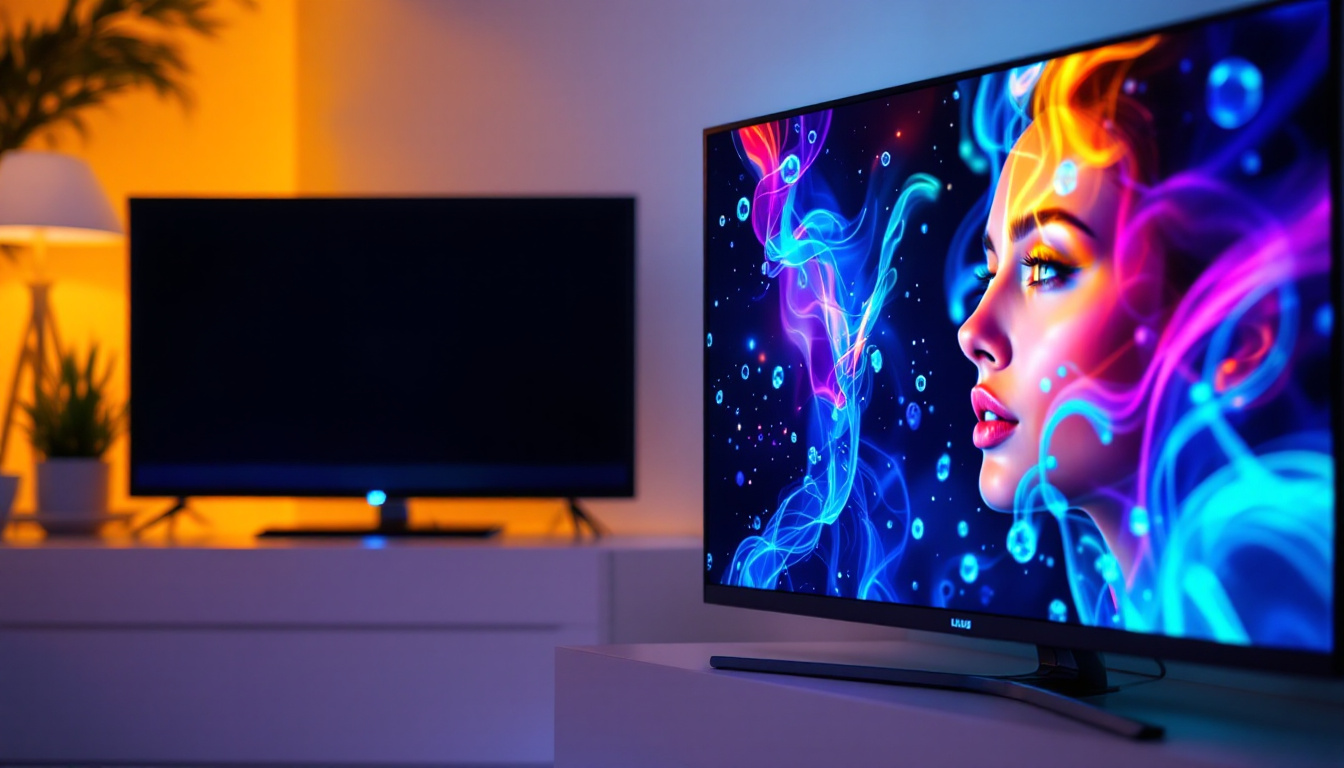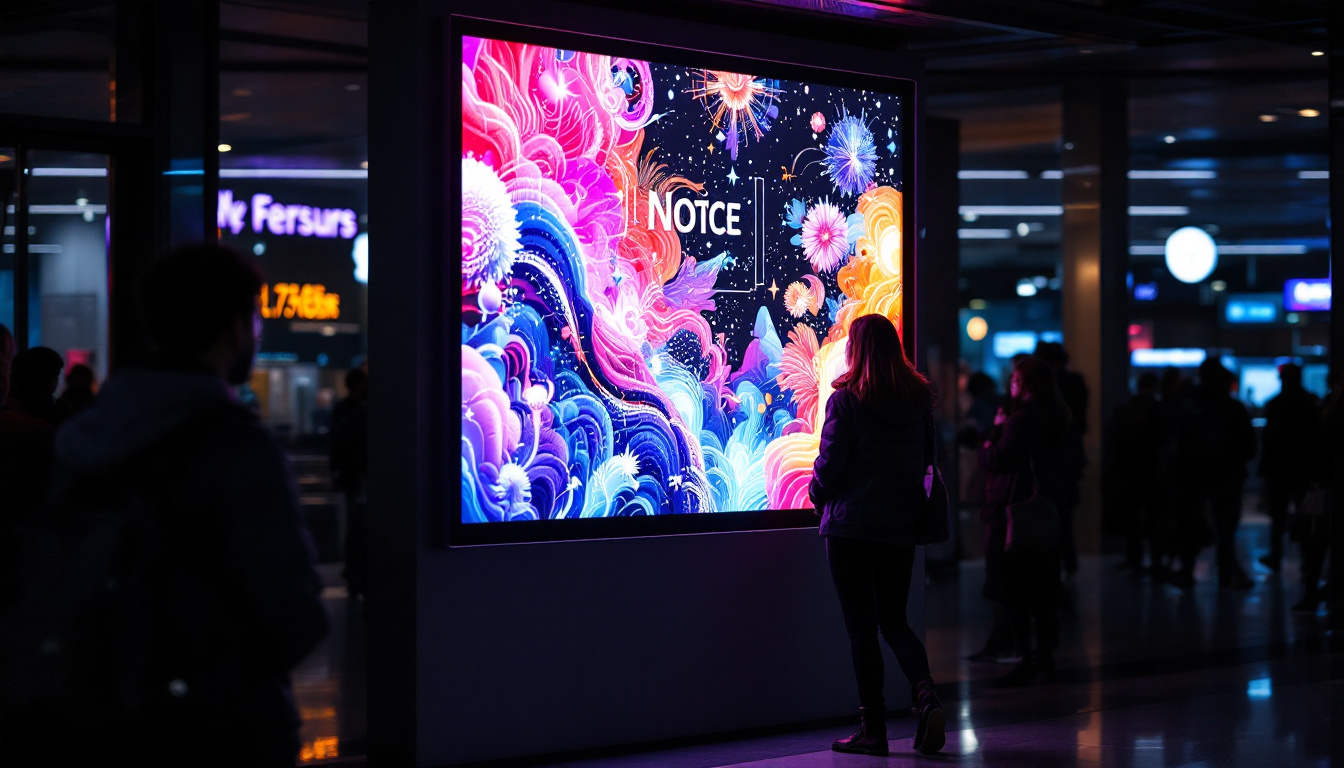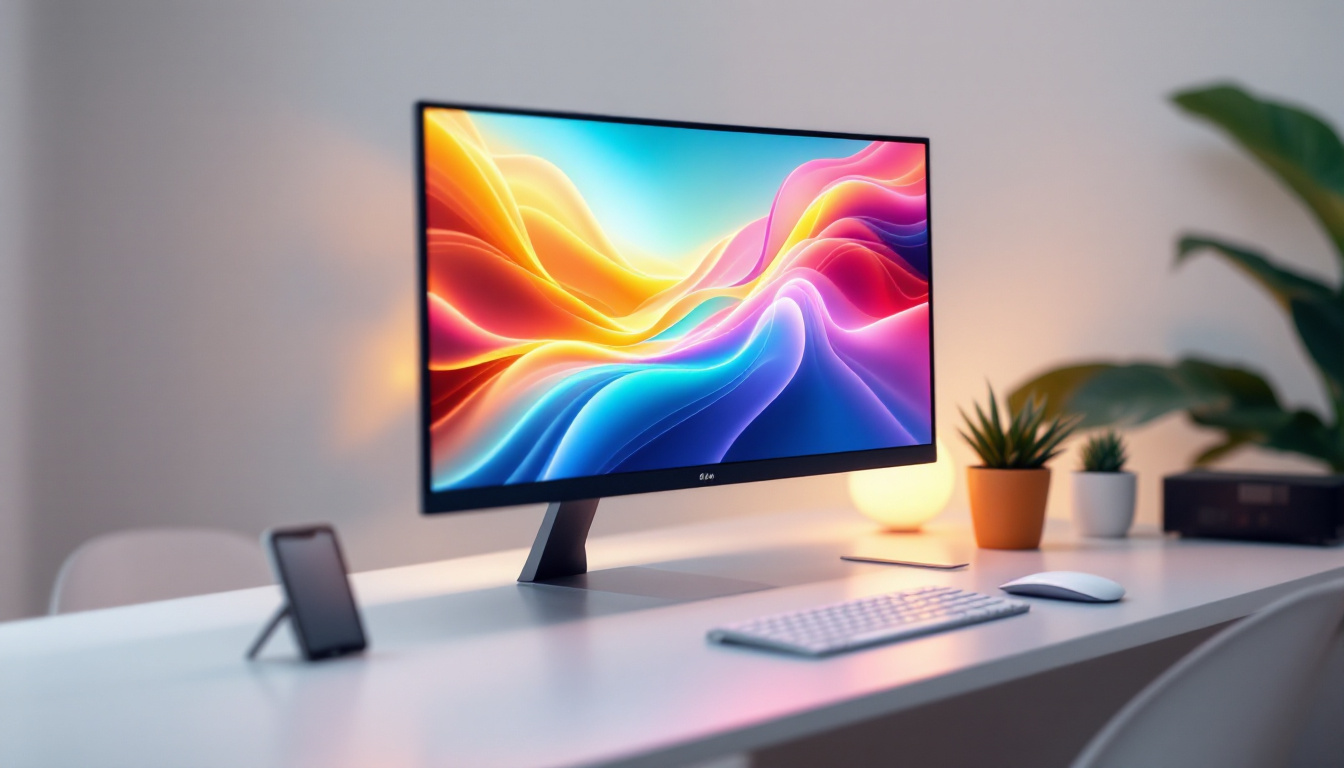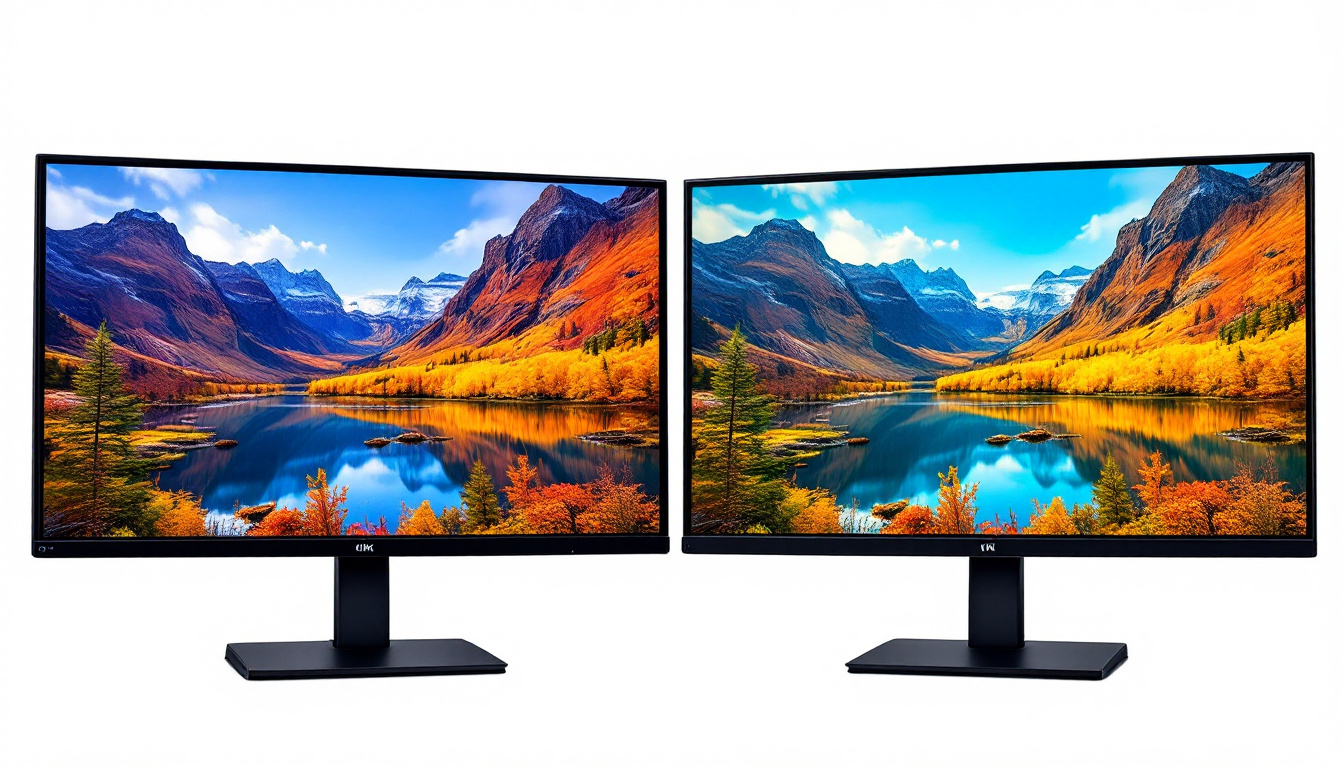LED or LCD Projector: LED Display Explained
In the world of home entertainment and professional presentations, projectors play a pivotal role in delivering high-quality visuals. Among the various types of projectors available, LED and LCD projectors are two of the most popular options. Understanding the differences between these technologies can help consumers make informed decisions based on their specific needs. This article delves into the intricacies of LED and LCD projectors, exploring their functionalities, advantages, and ideal use cases.
Understanding Projector Technologies
Before diving into the specifics of LED and LCD projectors, it is essential to grasp how projectors work in general. Projectors are devices that take an image or video signal and project it onto a surface, typically a screen or wall. They achieve this through various technologies, each with its unique characteristics and benefits.
The Basics of LCD Projectors
LCD, or Liquid Crystal Display, projectors utilize liquid crystal panels to create images. These projectors work by shining light through the liquid crystals, which manipulate the light to produce the desired colors and images. The technology has been around for several decades and has evolved significantly over time.
One of the key advantages of LCD projectors is their ability to produce bright and vibrant colors. The use of three separate LCD panels—one for red, one for green, and one for blue—allows for precise color reproduction. This makes LCD projectors particularly suitable for presentations that require excellent color accuracy, such as in graphic design or photography. Additionally, LCD projectors tend to have better color saturation and contrast in well-lit environments, making them a popular choice for business presentations and educational settings where ambient light can be a factor.
Moreover, LCD projectors are known for their relatively lightweight and compact designs, which enhance their portability. Many models come equipped with features such as built-in speakers and wireless connectivity options, allowing for seamless integration with laptops and mobile devices. This versatility makes them ideal for traveling professionals and educators who need to set up quickly in various locations.
The Fundamentals of LED Projectors
LED projectors, on the other hand, utilize light-emitting diodes (LEDs) as their light source. Unlike traditional lamps used in other projectors, LEDs offer several advantages, including longer lifespans and lower power consumption. The technology has gained popularity in recent years due to its compact size and energy efficiency.
LED projectors often incorporate a combination of red, green, and blue LEDs to create a full spectrum of colors. This method not only enhances color accuracy but also contributes to a more dynamic range of brightness. As a result, LED projectors are often favored for home theater setups and portable applications. Their ability to deliver consistent performance over time without the need for frequent bulb replacements makes them a cost-effective choice for long-term use.
In addition to their energy efficiency, LED projectors typically feature advanced cooling systems that allow them to operate quietly, which is a crucial factor for home cinema enthusiasts and professionals alike. Many LED projectors also support high-definition resolutions, enabling users to enjoy crisp, clear images during movie nights or presentations. Furthermore, with the rise of smart technology, some LED projectors now come equipped with built-in streaming capabilities, allowing users to access content directly from platforms like Netflix or YouTube without the need for external devices.
Comparing LED and LCD Projectors
When choosing between LED and LCD projectors, it is crucial to consider various factors that can influence performance and usability. Each technology has its strengths and weaknesses, and understanding these can guide consumers toward the right choice for their specific needs.
Brightness and Image Quality
Brightness is a critical aspect of projector performance, especially in environments with ambient light. LCD projectors typically excel in this area, as they can produce higher brightness levels compared to many LED projectors. This makes them suitable for larger venues or rooms with more light.
However, LED projectors have made significant strides in brightness capabilities, with many models now offering competitive brightness levels. Additionally, LED projectors often deliver superior contrast ratios, leading to deeper blacks and more vivid colors. This can enhance the overall viewing experience, particularly for movies and video content.
Portability and Size
Portability is another factor to consider when comparing LED and LCD projectors. LED projectors are generally more compact and lightweight, making them ideal for on-the-go presentations or home setups where space is limited. Their smaller size often allows for easier installation and transport.
In contrast, LCD projectors can be bulkier due to their additional components, such as the cooling system required for the lamp. While some portable LCD models exist, they may not match the convenience offered by LED projectors. For users who frequently move their projectors or require a compact solution, LED projectors are often the preferred choice.
Maintenance and Lifespan
Maintenance is an important consideration in the long-term usability of projectors. LCD projectors typically require more maintenance due to the need for lamp replacements every few thousand hours of use. This can lead to additional costs over time, as users must factor in the expense of new lamps and potential servicing.
In contrast, LED projectors boast significantly longer lifespans, often exceeding 20,000 hours of use without the need for lamp replacements. This durability not only reduces maintenance costs but also offers peace of mind for users who want a reliable and long-lasting solution. The lower heat output of LEDs also contributes to less wear and tear on internal components, further extending the projector’s lifespan.
Applications of LED and LCD Projectors
Understanding the applications of LED and LCD projectors can help users determine which technology best suits their needs. Both types of projectors have unique strengths that make them ideal for specific scenarios.
Best Uses for LCD Projectors
LCD projectors are often favored in educational and corporate environments where presentations are a primary focus. Their ability to produce bright, clear images makes them suitable for larger audiences and well-lit rooms. Additionally, the color accuracy of LCD projectors is beneficial for applications that require precise visual representation, such as in design or art classes.
These projectors are also commonly used in home theater setups, particularly for users who prioritize image quality over portability. With the right setup, LCD projectors can deliver stunning visuals that enhance the movie-watching experience.
Ideal Scenarios for LED Projectors
LED projectors shine in scenarios where portability and energy efficiency are paramount. Their compact size makes them ideal for traveling professionals or educators who need to present in various locations. Furthermore, the low power consumption of LED projectors allows for extended use without the need for frequent recharging or power source access.
Home theater enthusiasts also appreciate LED projectors for their vibrant colors and superior contrast ratios. They are particularly well-suited for viewing in darker environments, where the enhanced color depth can truly shine. Additionally, LED projectors are often used for casual movie nights or gaming sessions due to their easy setup and impressive performance.
Cost Considerations
When evaluating LED and LCD projectors, cost is an important factor that can influence purchasing decisions. Both types of projectors come in a range of prices, depending on features, brightness, and brand reputation.
Pricing of LCD Projectors
LCD projectors can vary significantly in price, with entry-level models starting at a few hundred dollars and high-end models costing several thousand. The price often correlates with brightness levels, resolution, and additional features such as lens shift and zoom capabilities.
While some may find the initial investment for an LCD projector to be higher, the quality of image and performance can justify the cost for users who prioritize professional-grade presentations or high-quality home theater experiences.
Cost of LED Projectors
LED projectors tend to be more affordable, especially in the entry-level market. Many budget-friendly options are available, making them accessible to a wider audience. However, higher-end LED models with advanced features can also reach similar price points as mid-range LCD projectors.
Ultimately, the choice between LED and LCD projectors should not solely be based on initial cost. Consideration of long-term maintenance, energy consumption, and the specific needs of the user can provide a more comprehensive understanding of the total investment.
Future Trends in Projector Technology
The projector industry is continually evolving, with advancements in technology driving improvements in performance and usability. Both LED and LCD projectors are likely to benefit from these trends, leading to enhanced features and capabilities.
Emerging Technologies
One notable trend is the integration of smart technology into projectors. Many modern projectors now come equipped with Wi-Fi connectivity, allowing for seamless streaming from various devices. This feature enhances user convenience and expands the range of content that can be projected.
Additionally, advancements in resolution technology, such as 4K and even 8K capabilities, are becoming more common in both LED and LCD projectors. These developments promise to deliver even sharper images and more immersive viewing experiences, catering to the demands of consumers seeking high-quality visuals.
Sustainability and Energy Efficiency
As environmental concerns continue to rise, projector manufacturers are focusing on sustainability and energy efficiency. LED projectors, in particular, are already known for their lower power consumption and longer lifespans, making them a more eco-friendly choice.
Future innovations may further enhance the energy efficiency of both LED and LCD projectors, potentially incorporating renewable energy sources or more sustainable materials in their construction. This shift towards greener technology is likely to resonate with environmentally-conscious consumers.
Conclusion
Choosing between LED and LCD projectors ultimately depends on individual needs and preferences. Both technologies offer unique advantages and cater to different applications, making them suitable for various users. Understanding the differences in brightness, portability, maintenance, and cost can help consumers make informed decisions.
As projector technology continues to evolve, users can expect even more exciting developments in the years to come. Whether for professional presentations, home theater setups, or casual movie nights, both LED and LCD projectors will remain essential tools for delivering captivating visual experiences.
Discover LumenMatrix’s Advanced LED Display Solutions
Ready to elevate your visual experience with the latest in LED technology? Look no further than LumenMatrix, a pioneer in the field of LED displays. Whether you’re seeking to captivate your audience in a home theater setting or make a powerful impact in professional presentations, LumenMatrix offers a diverse range of LED display solutions tailored to your needs. From Indoor and Outdoor LED Walls to innovative Transparent Displays, our products are designed to deliver unparalleled clarity and engagement. Check out LumenMatrix LED Display Solutions today and transform the way you communicate visually.

